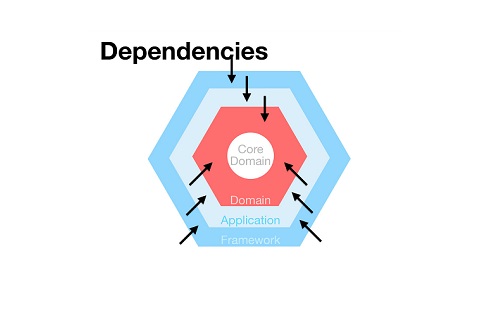
Intro to Hexagonal architecture
Hexagonal architecture, also known as the Ports and Adapters architecture, is a software design pattern that allows for the separation of business logic from the infrastructure and presentation layers of an application. It is called “ hexagonal” because the business logic is represented in the center, with the various interfaces connecting to it forming a hexagon.
The hexagonal architecture consists of three main components:
The Core: This is the central component of the architecture and represents the business logic of the application. It is completely independent of the infrastructure and presentation layers, and communicates with the outside world through a set of well-defined interfaces called ports.
The Ports: These are the interfaces through which the core communicates with the outside world. There are two types of ports: inbound and outbound. Inbound ports receive requests from external components and pass them on to the core for processing, while outbound ports receive responses from the core and pass them on to external components.
The Adapters: These are the components that connect the core to the outside world through the ports. Inbound adapters receive requests from external components and pass them on to the core through inbound ports, while outbound adapters receive responses from the core through outbound ports and pass them on to external components.
One of the main benefits of the hexagonal architecture is that it allows for a high degree of modularity and flexibility in the design of an application. By separating the business logic from the infrastructure and presentation layers, it becomes much easier to swap out different components or add new ones without affecting the core of the application.
In addition, the hexagonal architecture makes it easier to test and maintain an application, since the core can be tested in isolation from the rest of the application. It also makes it easier to scale an application, since different parts of the application can be scaled independently.
Overall, the hexagonal architecture is a powerful tool for designing modular, flexible, and maintainable software applications. It is particularly useful for applications that need to be able to adapt and evolve over time, as it allows for easy modification and extension of the core business logic without affecting the rest of the application.